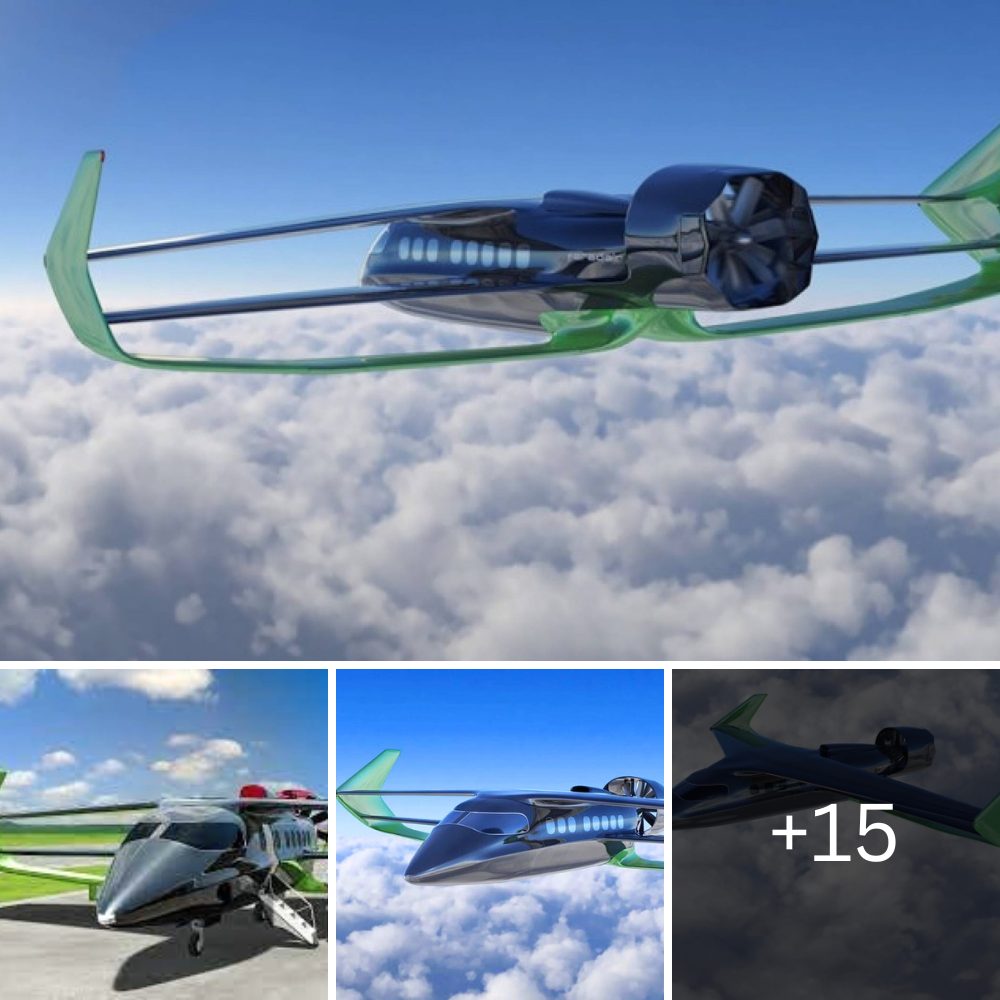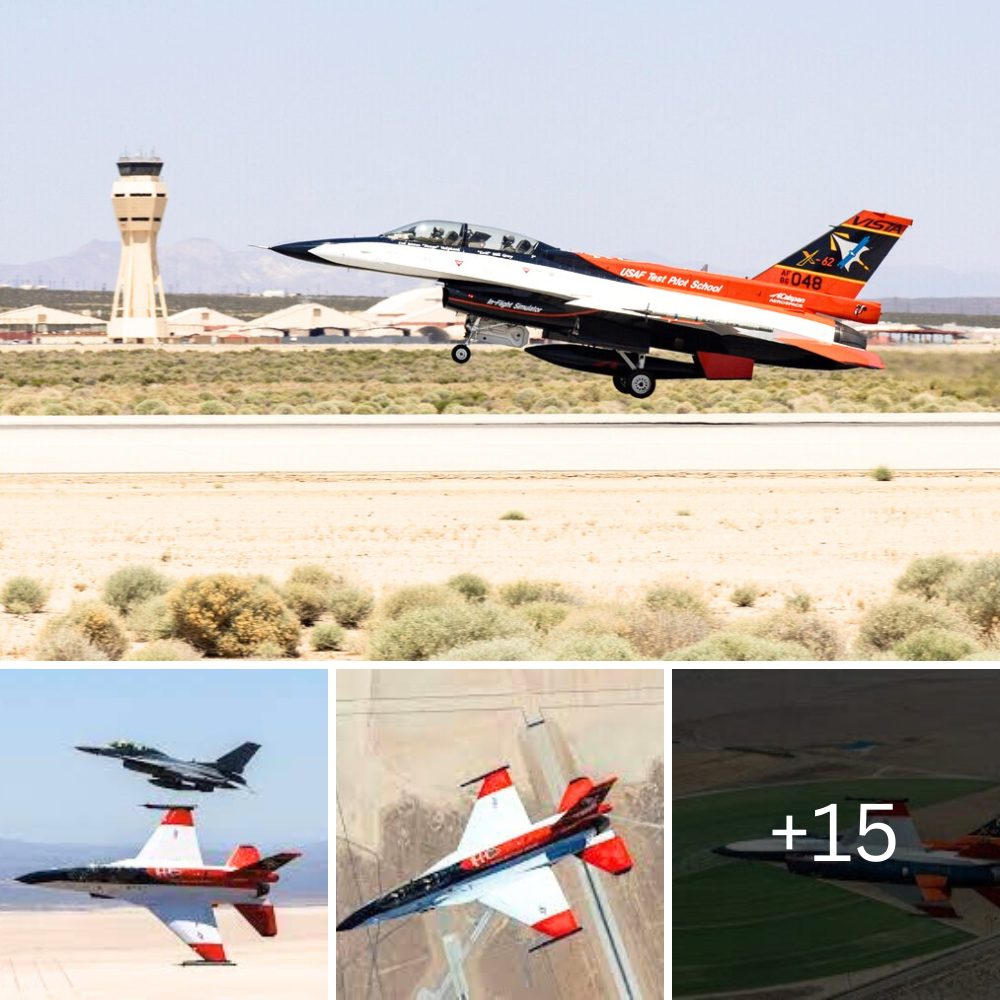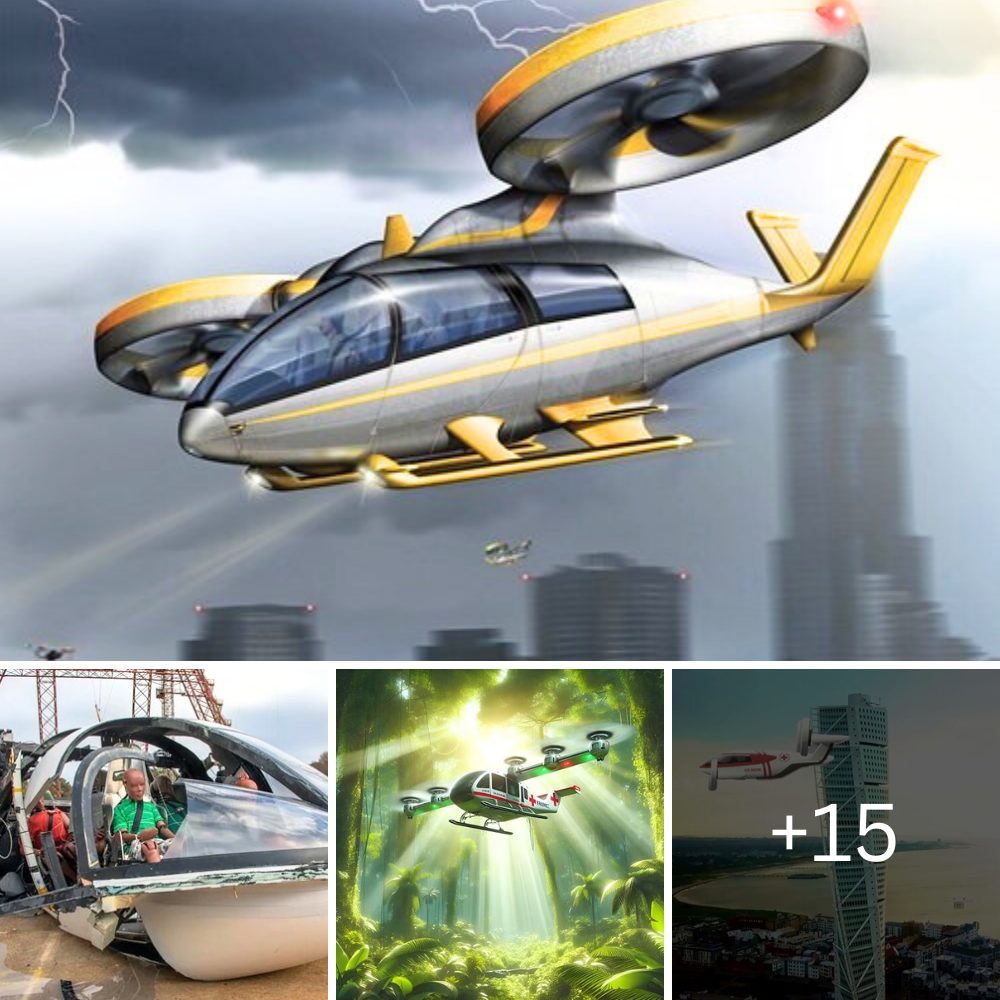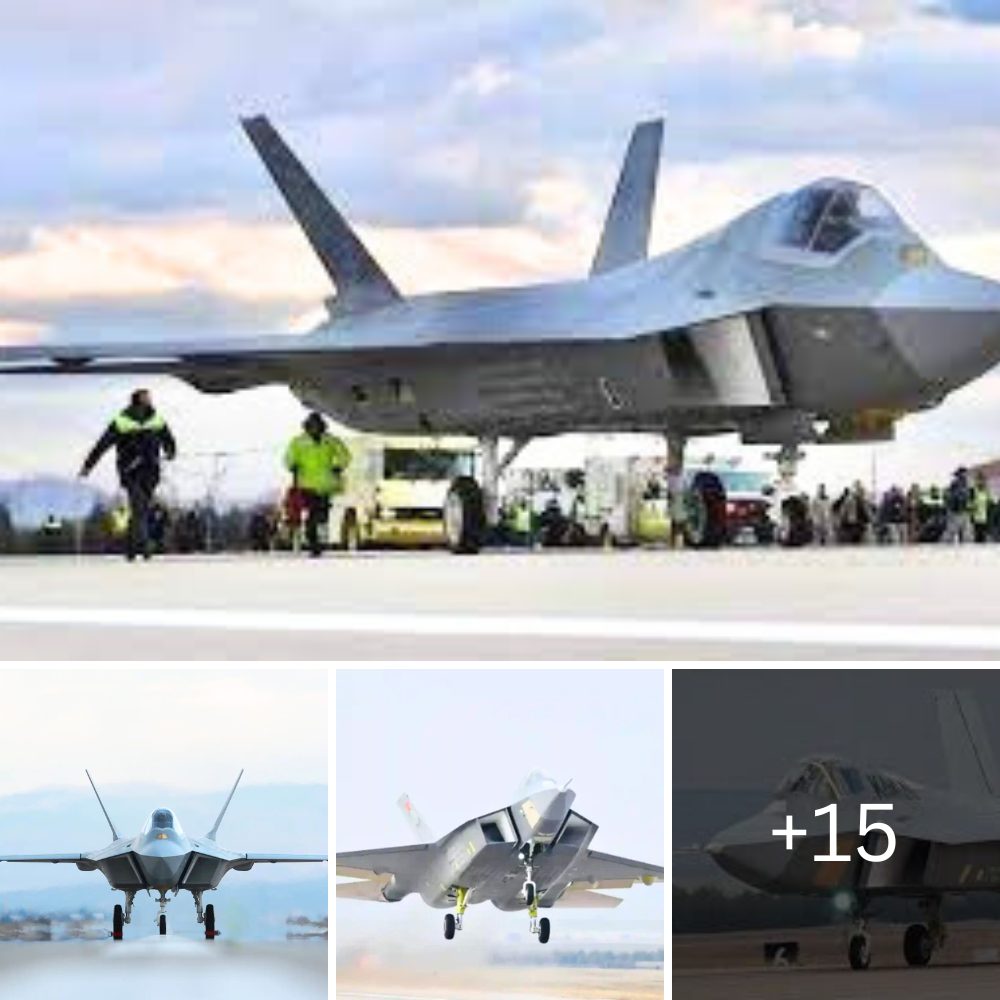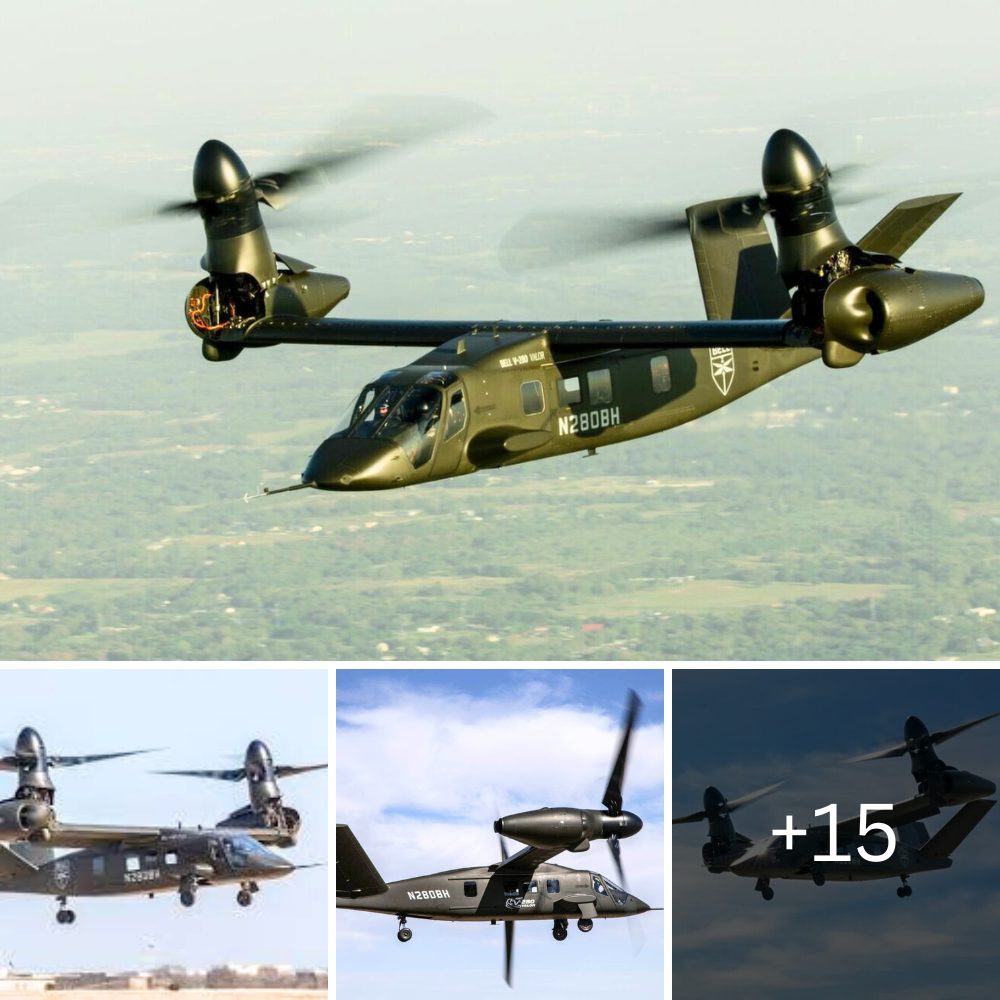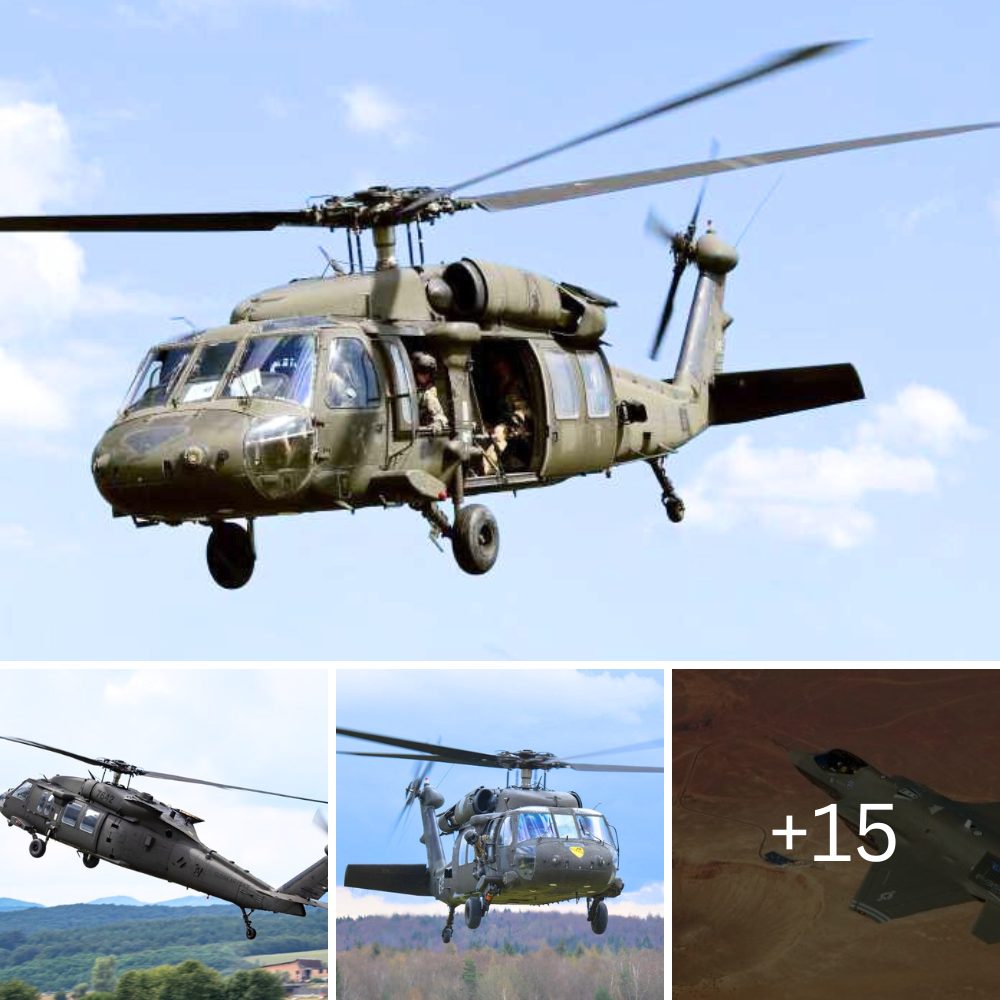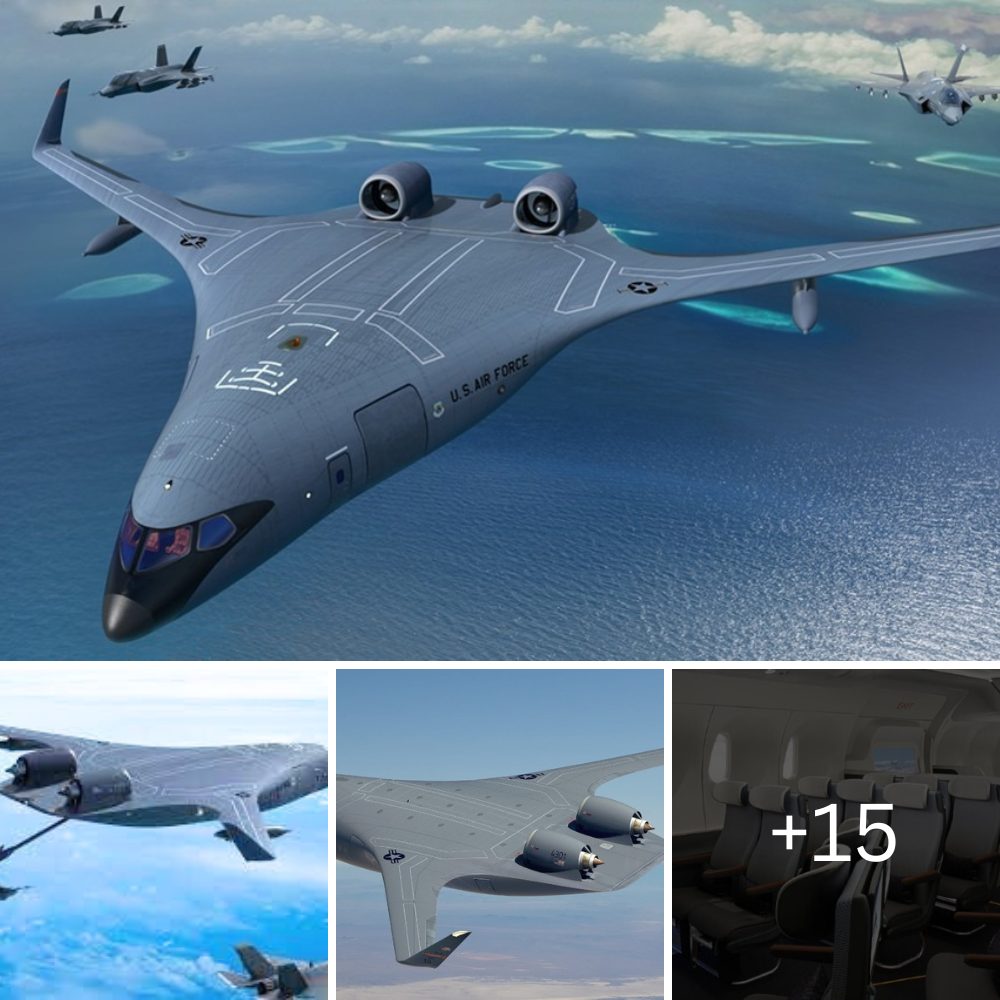- Plans for the world’s largest plane have been unveiled
- Called the WindRunner, it could revolutionise the wind power industry
- At 356 feet long, it’s significantly bigger than the current biggest passenger jet
Plans have been unveiled for the world’s largest plane – it’s officially called the WindRunner but it has been nicknamed the ‘Skytanic’.
As you can no doubt imagine, it’s absolutely gigantic.
Clocking in at 109 m (356 ft) long and 24 m (79) ft tall, with a wingspan of 80 m (261 ft), the WindRunner is aimed at helping change the world of renewable energy by transporting wind turbine blades around the world.
It’s called WindRunner for a reason.
READ MORE! Inside the Airbus A380, the world’s biggest passenger plane
The world’s largest plane – as it will be when completed – is set to be more than 30 m (100 ft) longer than the current longest passenger jet, the Boeing 747-8, and will be able to carry 12 times the weight that it can.
In the end, the WindRunner will be able to carry 80 tonnes of cargo, so plenty of wind turbines.
Because of the size of this proposed plane, a brand new bespoke 1829 m (6,000 ft) runway will have to be built so that it can actually land.
The world’s largest plane is designed to help solve one of the world’s largest problems.
Renewable energy.
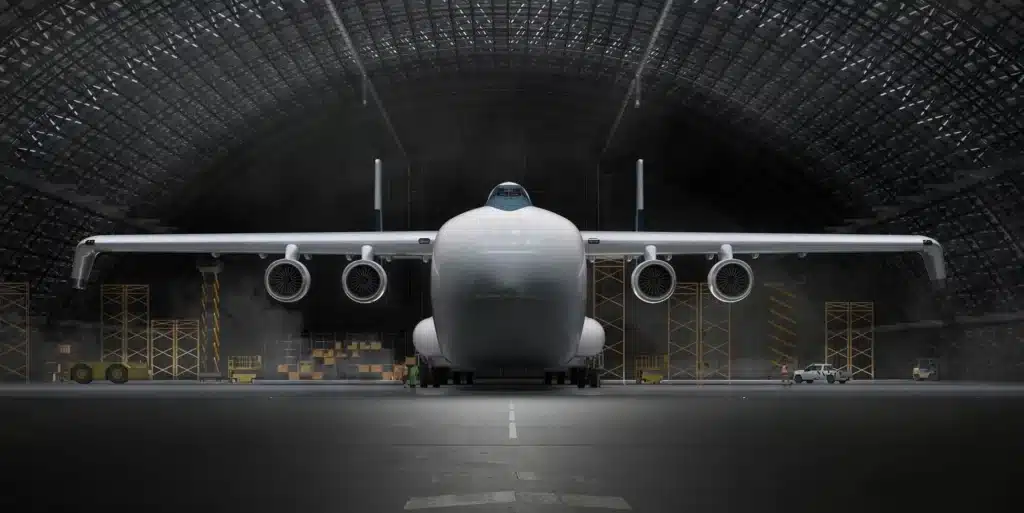
You see, because the wind turbine blades are so vast, measuring between 46 and 91 m (150 and 300 feet) long and weighing up to 35 tonnes, they are a pain to transport.
Often they have to be taken on specially-made ships, which means that their use inland is sometimes limited.
So, to ensure that more onshore wind farms can be built, a solution is needed.
That’s where the world’s largest plane comes in.
Colorado-based aircraft company, Radia, who are bringing this monster plane to life, said: “Today’s largest wind turbines and the even larger ones of the future cannot be transported to prime onshore wind farms via ground infrastructure.”
So, they’ve designed the ‘Skytanic’ to help out.
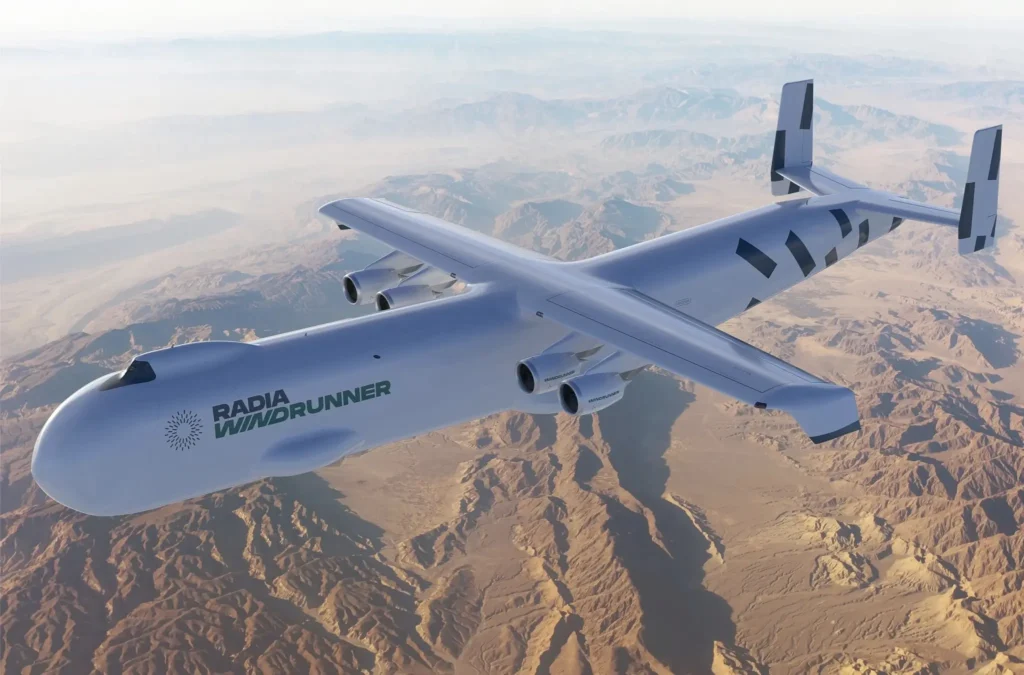
Over the last seven years, they’ve been planning and plotting a plane that can meet this specific demand, as well as making sure that the eventual plane will be safe to fly.
The impact won’t end there though, as – if everything goes to plan – the WindRunner will allow for bigger turbines to be made and transported, increasing the amount of power that can be generated, as well as – hopefully – bringing down energy costs significantly.
It’s a big deal for the wind sector, basically.
However, the planes could also have other significant uses, including transporting other massive cargo and military machinery.
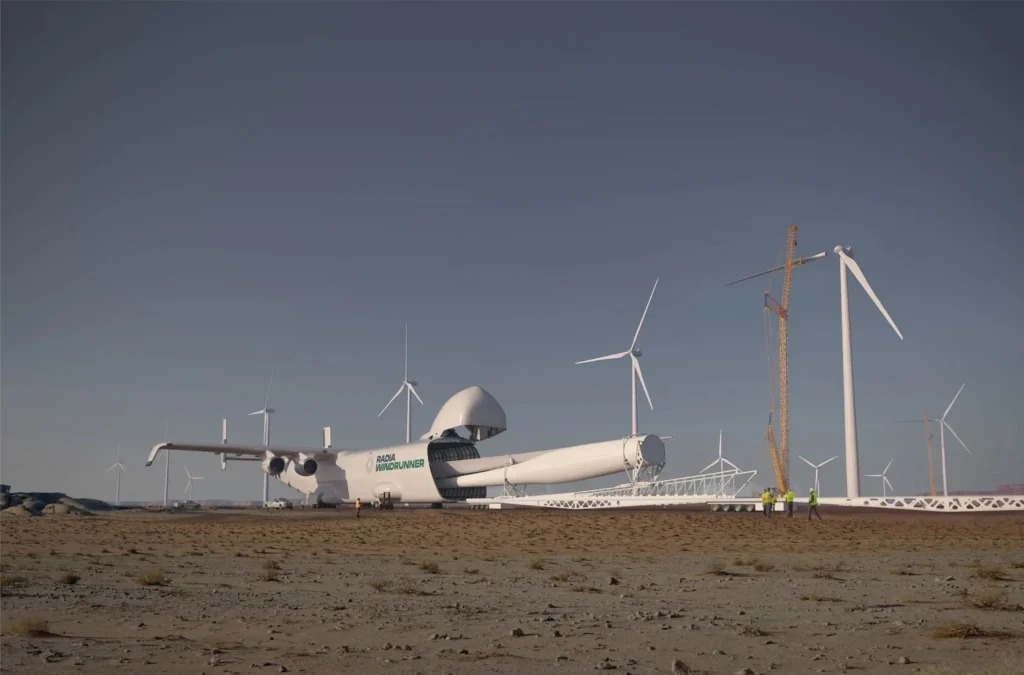
Radia reckons that, after years of development behind the scenes, the WindRunner could be flying and operational within four years.
Let’s hope so, because it sounds like an exciting project.
What’s more, it sounds like a bit of a plane-spotter’s dream.


